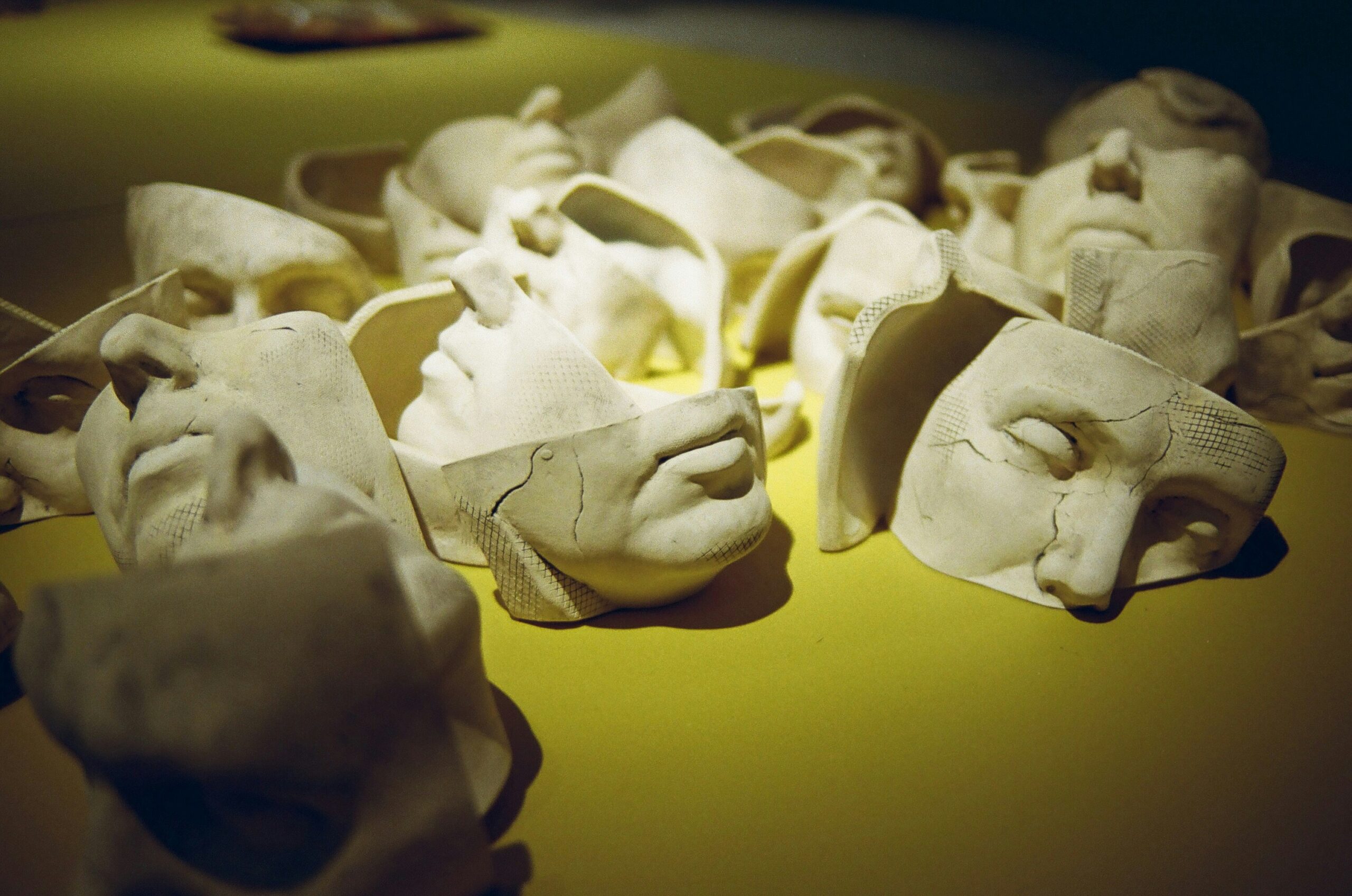Featured in

- Published 20250506
- ISBN: 978-1-923213-07-4
- Extent: 196 pp
- Paperback, ebook, PDF


Already a subscriber? Sign in here
If you are an educator or student wishing to access content for study purposes please contact us at griffithreview@griffith.edu.au
Share article
More from author

Mapping my queer lineage
GR OnlineWhen I graduated from high school, I was finally free to leave – to venture beyond the borders and confinements of my small town to search for something I inherently knew was missing from my life. And so, at seventeen years of age, I sped down the well-worn Carnarvon Highway towards an uncertain future.
More from this edition

The art of appropriation
In Conversation When Brandi Salmon taught herself to paint as a teenager in country Victoria, she never imagined she’d grow up to be a full-time visual...

You will be seen now
PoetryI saw a fin- ger loosen the zipper,the bag’s tan exterior animated by teeth. Beneath knuckle-white shades, faces surfaced–witnesses in a waiting room. Pareidolia or paranoia?Malice etched in putty. Everything...

Nobody panic
Non-fictionThe desert of the real is now where most teens search for answers to life’s big questions: what is love? Who am I? What is truth? The images of reality we create hold messages about reality. Copies of copies of copies though they may be, they nonetheless have a material effect on our children’s thoughts, behaviours, opinions. Consumerism. Communism. Sexism. Cancelism. Nationalism. Anarchism. Stoicism. Humanism. Ideas about what we should live like, look like and love like, what it means to be a man or a woman, what it means to be an individual or part of a community, are all displayed on a screen in their pockets. The influence is profound, but not necessarily sinister if they are taught to interrogate what they consume.